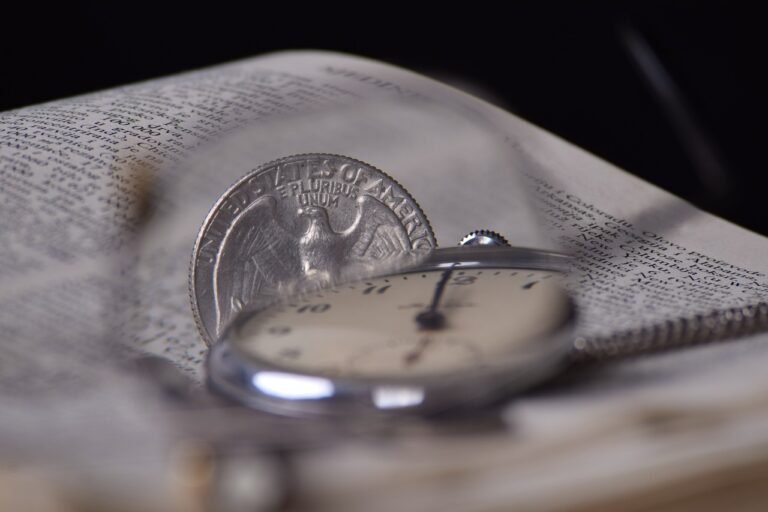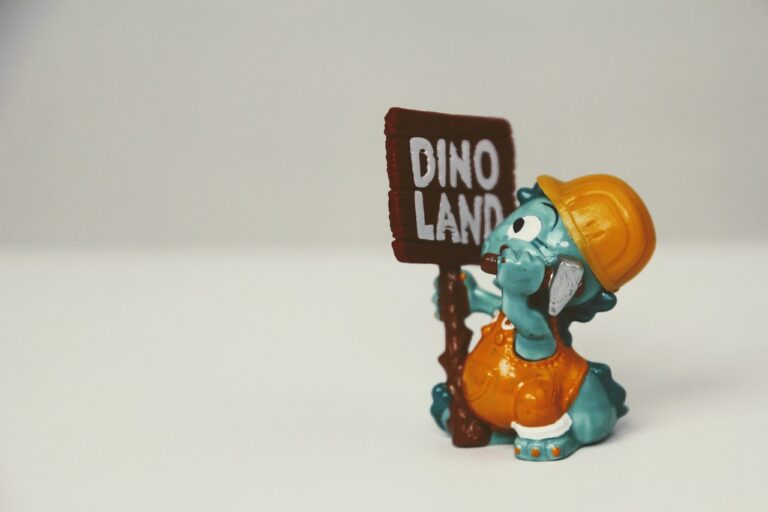NFTs: A New Frontier in Digital Art and Business
NFTs, or non-fungible tokens, are unique digital assets that are authenticated using blockchain technology. Each NFT has a distinct digital signature that proves its ownership and authenticity, making it impossible to duplicate or interchange with other tokens. This uniqueness is what sets NFTs apart from traditional forms of digital content, such as images or videos.
When an artist creates an NFT, they can attach specific information to it, such as the date of creation, the artist’s name, and any other relevant details. This metadata is crucial in establishing the provenance and value of the NFT. Once the NFT is minted and added to a blockchain, it becomes part of a transparent and decentralized ledger that can be publicly verified. This process ensures that the ownership of the NFT is securely recorded, facilitating transactions and providing a sense of legitimacy to both buyers and sellers.
The impact of NFTs on the digital art industry
NFTs, or non-fungible tokens, have swept through the digital art industry with a wave of excitement and speculation. They have offered artists a new way to monetize their creations, allowing them to sell digital artwork with proof of ownership stored on the blockchain. This shift has brought about a fundamental change in how art is perceived, bought, and sold in the digital realm.
One of the key impacts of NFTs on the digital art industry is the potential for artists to bypass traditional gatekeepers, such as galleries and auction houses, and connect directly with their audience. This decentralization of the art market has empowered artists to take control of their own careers and gain fair compensation for their work. Additionally, NFTs have opened up new possibilities for art collectors, who can now purchase and trade digital artwork securely using blockchain technology.
How NFTs are revolutionizing the way artists sell their work
One of the most significant ways in which NFTs are transforming the art world is by providing artists with a novel method of selling their work directly to consumers. By leveraging blockchain technology, artists can create unique digital tokens that represent ownership of their art pieces. This allows them to reach a wider audience of potential buyers without the need for intermediaries, such as art galleries or agents, thereby giving them more control over the pricing and distribution of their work.
Moreover, NFTs have the potential to revolutionize the concept of royalties in the art industry. Through the use of smart contracts, artists can ensure that they receive a percentage of each resale of their work, providing them with a steady stream of income even after the initial sale. This has the potential to empower artists financially and create a more sustainable income model for creators in the digital age.







